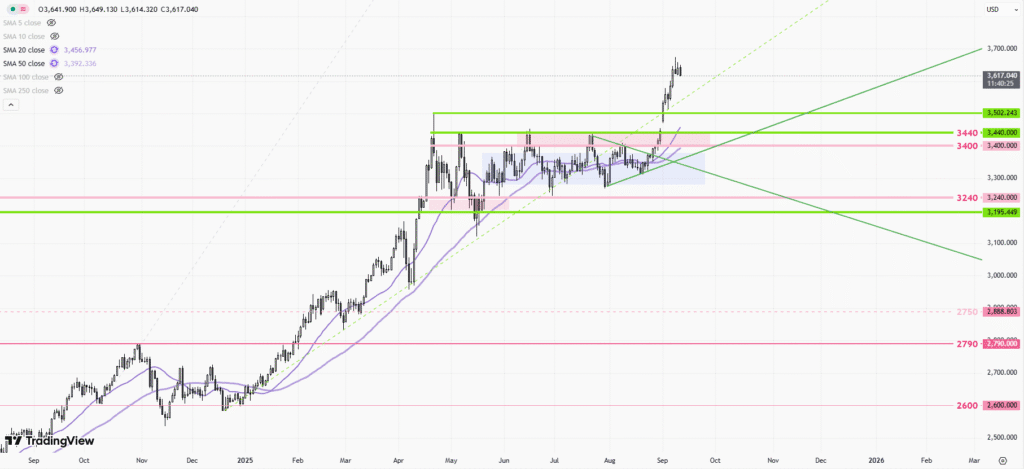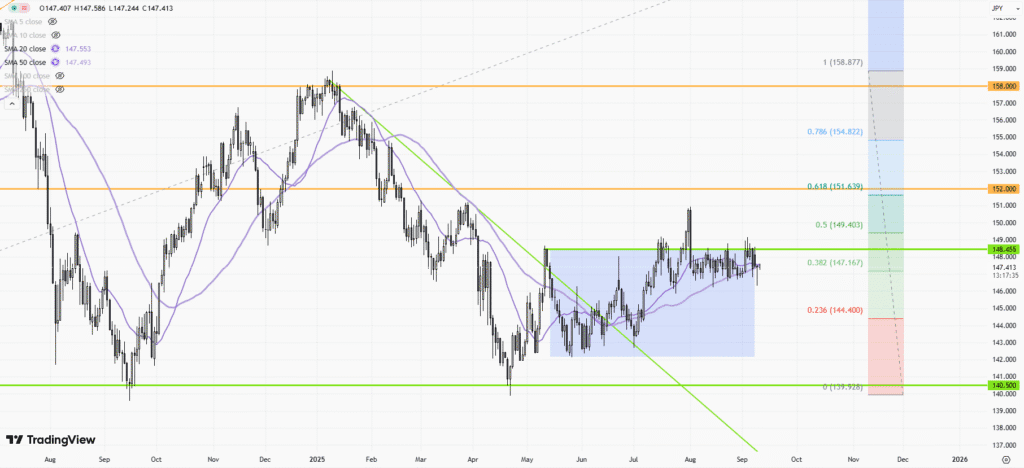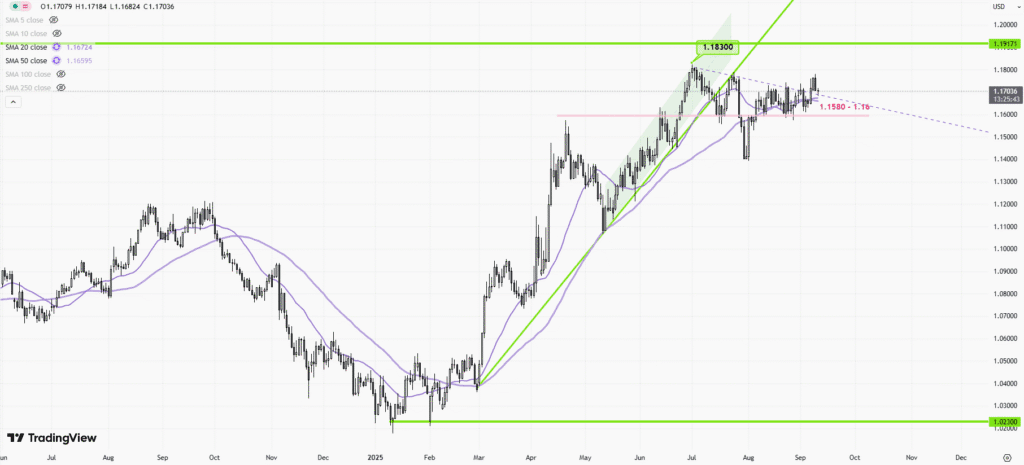 |
| Gold V.1.3.1 signal Telegram Channel (English) |

How July Inflation Data and Labor Market Revisions Are Shaping Fed Rate Cut Expectations and Market Outlook
2025-08-13 @ 16:00
The stock market began the week on a quiet note as major indices showed little movement, with investors closely monitoring economic signals and the Federal Reserve’s next steps. Both the Dow Jones Industrial Average and the S&P 500 traded flat, and the Nasdaq stayed muted. This stability comes at a time of heightened anticipation around Fed policy, particularly following the latest inflation data that could shape the direction of interest rates for the remainder of the year.
Inflation Holds Steady: Implications for Fed Policy
July’s Consumer Price Index (CPI) revealed that inflation held at 2.7% year-over-year, neither rising nor falling compared to June. This steady number contradicted some economists’ expectations, especially in light of recent trade tariffs that many feared could push prices higher. The resilience in inflation has reinforced speculation that the Federal Reserve could cut its benchmark interest rate during its upcoming September meeting.
As of now, market expectations for a rate cut have surged, with traders estimating a 94% likelihood that the Fed will lower rates by a quarter percentage point next month. This is a notable increase from the 85% probability recorded prior to the latest CPI release. The growing confidence in a rate cut reflects not just the inflation print, but also subtle shifts in broader economic indicators.
Interest Rates and Their Effect on Borrowing Costs
One major area where rate expectations are already making waves is the mortgage market. Mortgage rates, which had climbed earlier in the year, have started dipping again, recently reaching a four-month low near 6.63%. This easing in rates is partly driven by revisions in employment data that suggest a weaker labor market than previously reported. The labor market’s softness gives the Fed more incentive to consider rate reductions in order to support economic growth.
Lower mortgage rates benefit homebuyers by reducing borrowing costs and improving affordability. However, their trajectory remains closely tied to upcoming reports on inflation and employment. If these indicators continue to show cooling price pressures and softer job growth, expect further declines in mortgage rates—a relief for households and real estate markets alike.
Labor Market Signals and Policy Uncertainty
The recent adjustment to employment figures is more than just a statistical update; it has already influenced policy decisions, prompting leadership changes within the federal agency responsible for the jobs data. Such downward revisions point to underlying weakness in the labor market, which could also justify more accommodative measures from the Fed. Investors and policy makers are now waiting for the next round of economic releases to clarify whether current trends will persist and how aggressively the Fed may react.
Investor Sentiment and Market Outlook
With the odds of a September rate cut rising, the market’s flat reaction early in the week reflects a wait-and-see attitude among investors. Many are holding off on big moves until the Federal Reserve’s intentions become clearer. The likelihood of easing monetary policy has implications across asset classes, from equities to bonds to real estate.
Lower interest rates generally boost stock prices by reducing corporate borrowing costs and making riskier assets more attractive compared to government bonds. They also support consumer spending and investment, providing some cushion against slower economic growth. However, persistent uncertainty around inflation, labor data, and potential Fed actions means volatility may pick up as new reports are released.
What to Watch Going Forward
All eyes are on the upcoming Fed meeting scheduled for September 17, as well as additional inflation and employment data set to be released before then. The Fed’s deliberations will hinge on whether inflation continues to run below expectations and if job growth remains tepid. Cooler inflation and a softer labor market would tip the scales strongly in favor of a rate cut.
In the meantime, investors, borrowers, and policymakers remain alert to any surprises from official economic reports. Should new data point to lingering strength in inflation or a rebound in hiring, the odds of a rate cut could quickly shift, and so too might market sentiment.
For financial observers, the current period presents both challenges and opportunities. Staying informed about each new release will be crucial for making timely decisions in a market environment where monetary policy is front and center. Whether you’re tracking stocks, considering a home purchase, or planning for portfolio adjustments, keep a close watch on Fed signals and the data driving their decisions.
Conclusion: Navigating Uncertainty Amid Fed Speculation
While the U.S. stock market hovers in a holding pattern, the interplay between inflation, employment, and Federal Reserve policy sets the stage for the next phase of economic and market activity. As September approaches, monetary policy decisions will have a far-reaching impact on everything from mortgage rates to broader investment strategies. Stay tuned for further developments, as the Fed’s response to current data will likely shape the financial landscape for months to come.








